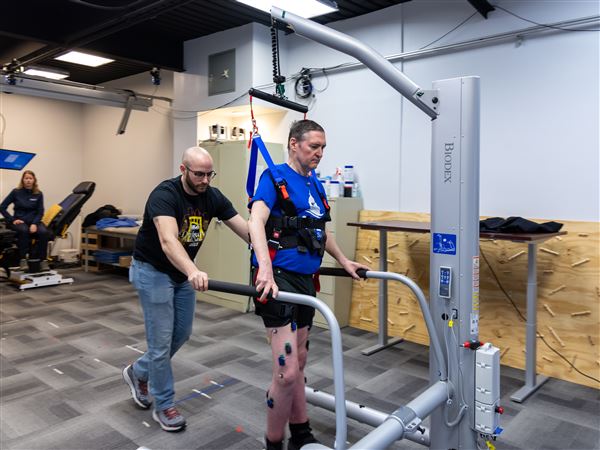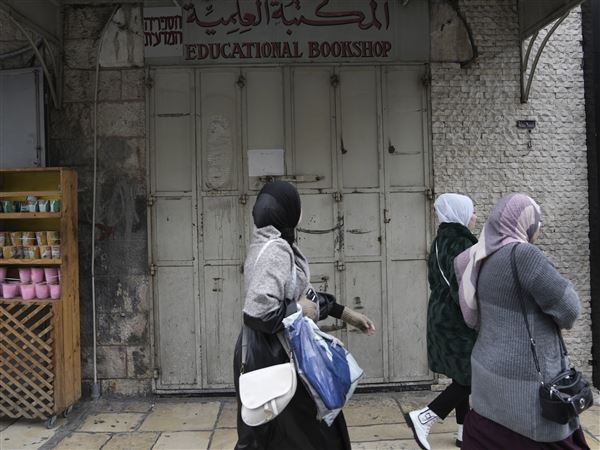“Prince: The Beautiful Ones” was supposed to be an in-depth autobiography Prince was working on prior to his passing in April 2016 from an opioid overdose at his home. This book is not what Prince intended it to be.
This fact becomes clear at the end of the 44-page introduction written by essayist Dan Piepenbring: “The memoir pages we worked on covered his childhood and adolescence, leading into the foothills of his career. That path was the heart of the book, we thought. Call it an origin tale: The story of how Prince became Prince.”
Spiegel and Grau ($30)
Mr. Piepenbring, an advisory editor at Paris Review, also admits in the intro that it would basically be too much work to fulfill Prince’s original vision for his autobiography, which is why the book basically ends up being a scrapbook of lyrics and old pictures of Prince’s childhood and the early part of his career. It is more an exercise in childhood nostalgia than an exploration of a brilliant career, unless you want you read Mr. Piepenbring’s account of his interactions with Prince over the years.
If the reader can get past Prince’s barely legible handwritten entries, the intro is the closest you get to any type of recent activity by “The Artist,” as he was sometimes known. Prince loosely touches on his career from the late ’70s until 1986, but the intro goes up until his death in 2016. That’s the most frustrating aspect of “The Beautiful Ones” from a reader’s standpoint.
It doesn’t make sense that the 44-page intro chronicles his career until his death, but Prince’s own recounting of his life goes only until 1986. This decision turns what was supposed to be a long awaited autobiography into a not very informative one at 288 pages. Still, the book isn’t a complete waste. It gives readers insight into Prince’s tempestuous relationship with his father, his conflict with religion, growing up biracial and how he developed as an artist during his early days in Minneapolis.
The flap of the book summarizes it: “The brilliant coming-of-age-and-into-superstardom story of one of the greatest artists of all time, in his own words.”
That part isn’t necessarily accurate, though. This part is: “Featuring never before seen photos, original scrapbooks and lyric sheets, and the exquisite memoir he began writing before his tragic death.”
While “The Beautiful Ones” is far from exquisite, it serves the purpose of giving fans and the general public insight into his early life and the peak of his career during the “Purple Rain” era in the early to mid-1980s, when he was a staple on MTV along with Michael Jackson, Madonna and Bruce Springsteen.
It would’ve been more interesting to have found out what Prince’s thoughts were regarding his past experiences confronting his record label in the mid-’90’s when he fought for the rights to his music catalog. There’s a great deal that could’ve been discussed including writing and producing for various artists over the years, releasing his music independently once he turned his back on corporate labels, being inducted into the Rock & Roll Hall of Fame, performing at the Super Bowl, all the music he released in ways that defied conventional marketing and much much more.
“The Beautiful Ones” serves its purpose as a celebration of a unique talent, but falls short in advancing our understanding of the magnitude of Prince Rogers Nelson’s life and career overall. That’s to be expected when an artist dies in the middle of writing his own story. What’s left has been thrown together for financial gain, which seems to have worked splendidly. “The Beautiful Ones” is a bestseller. That’s proof of the times we live in, or, as Prince called it in the title of one of his greatest albums: a “Sign O’ the Times.”
Michael Greisinger is a freelance writer living in Pittsburgh.
First Published: November 26, 2019, 1:00 p.m.
















